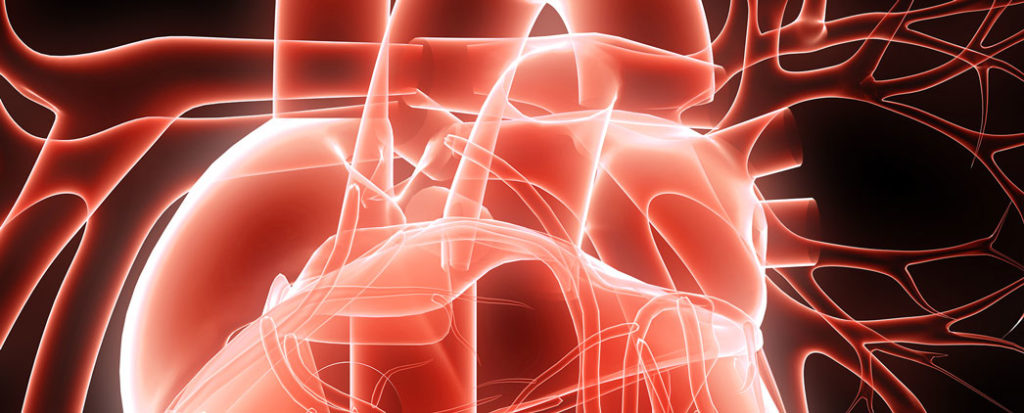Background: Heart failure with reduced ejection fraction (HFrEF) is characterised by an attenuation of the positive relationship between heart rate and left ventricular (LV) contractility, known as the force-frequency relationship (FFR). Optimal therapy for around 1/3 of people with HFrEF includes a resynchronisation (CRT) cardiac implantable electronic device (CIED). We have previously demonstrated that programming the CIED to maintain the heart rate within a range for optimal cardiac contractility is associated with improved exercise capacity. Multi-point pacing (MPP) has been proposed as a method of improving CRT. Whilst MPP allows the opportunity to pace the heart over a wider area, there is no consistent improvement in terms of cardiac structure and function.
Purpose: To explore the effect of MPP on the FFR, exercise capacity and cardiac function.
Methods: A double-blind, randomised, crossover study explored the acute effects of MPP on the FFR, left ventricular function and acute exercise capacity. In random order, participants underwent an FFR assessment, and a treadmill walk test, once with MPP activated and once with standard CRT settings. The CIED was programmed back to the pre-test standard CRT settings after each treadmill test.
Results: A total of 23 people were recruited. We found no differences between phases in resting LV ejection fraction. There was an acute improvement in peak cardiac contractility of borderline statistical significance (2.37 ± 1.3 vs 2.12 ± 1.08; p=0.05), and a reduction in LV end systolic volume index ((65.9 ± 30.1 mL vs 72.7 ± 34.5 mL), mean difference between the groups of 11.5 mL (95% CI 1.8–11.8; p=0.01)) and LV end diastolic volume index (95.3 ± 38.1 mL vs 102 ± 40.8 mL; mean difference between the groups 6.7 mL [95% CL 0.26–13.1; p=0.04]). These acute improvements in cardiac function and volume did not lead to an improvement in treadmill walk time in the entire cohort.
Conclusion: MPP acutely improves peak cardiac contractility and induces reverse remodelling. However, this did not lead to an improvement in treadmill walk time. ❑














